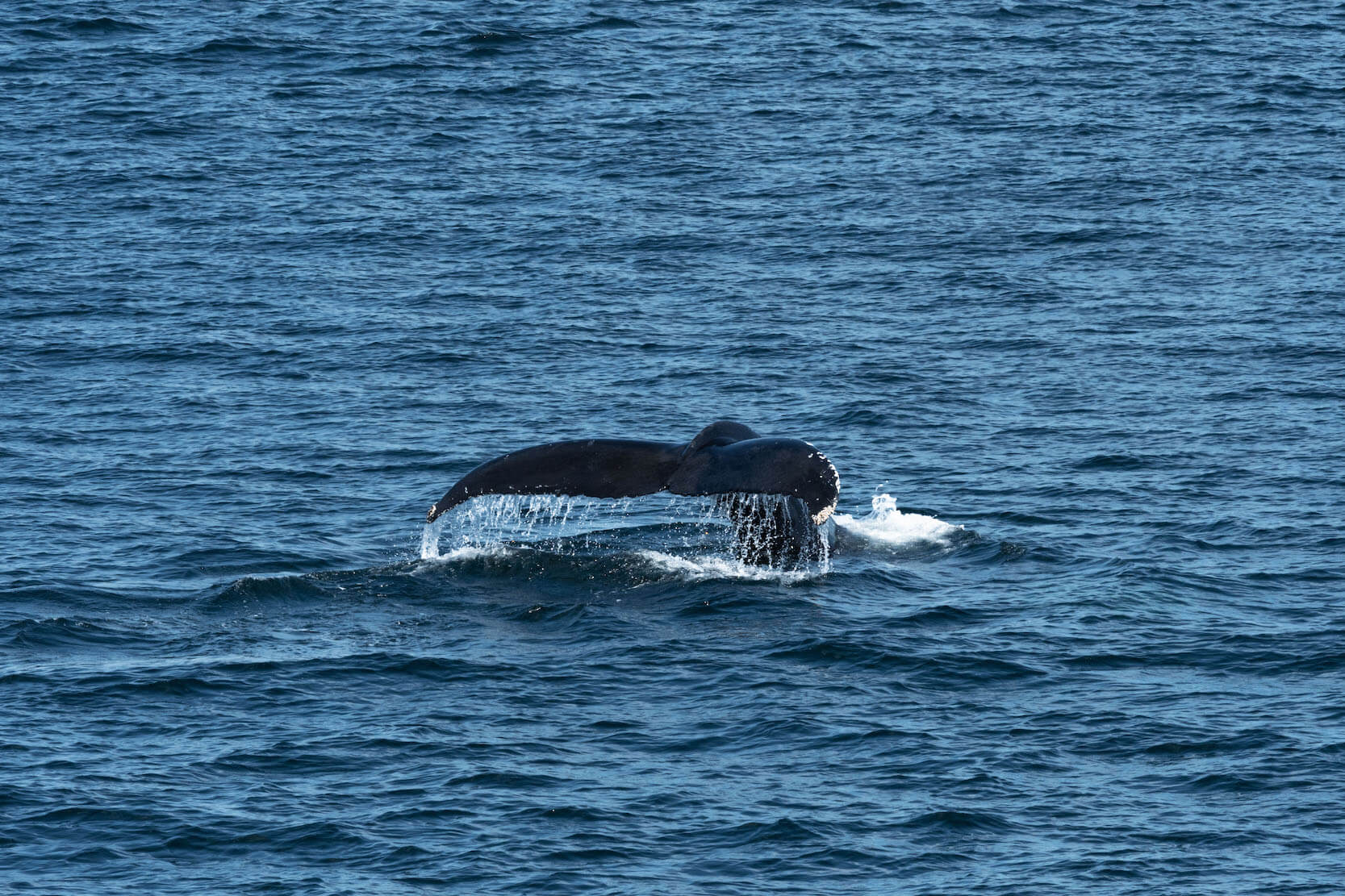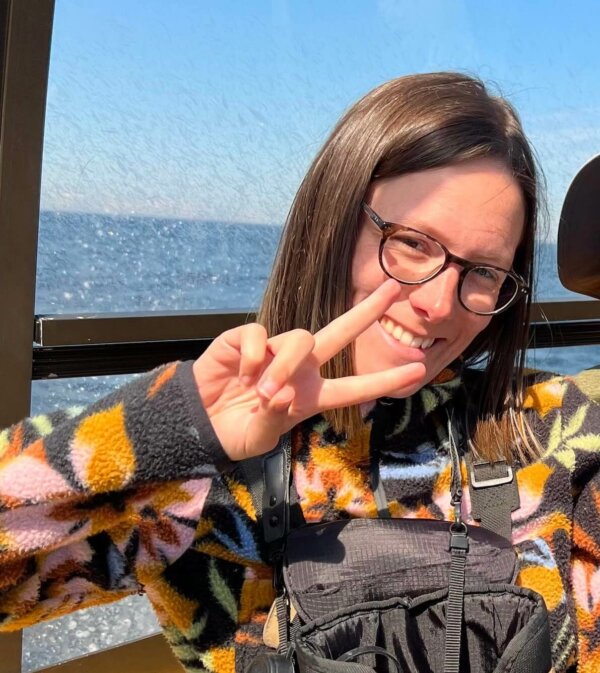Since 1994, sampling has been conducted on nearly 3,000 excursionsin the heart of the Saguenay-St. Lawrence Marine Park by the Parks Canadateam and its partners, namely the Group for Research and Education on Marine Mammals (GREMM), which spearheaded this monitoring at the request of Parks Canada, and the Marine Mammal Observation Network (MMON), which carries out monitoring in the waters adjacent to the Marine Park.
Research assistants aboard whale-watching boats have three minutes to note the activity of the boat they are on as well as the presence of any watercraft or marine mammals within a two-kilometre radius. This protocol is repeated every ten minutes for the duration of the trip. These monitoring sessions are known as “MOA,” or “marine observation activities.”
Over time, collected data have made it possible to gain a better overall understanding of whale-watching activities at sea, map the animals’ habitat use and monitor their distribution patterns within the Marine Park. This information is essential to regulate this tourism activity and ensure that it is managed in accordance with the Marine Park’s conservation mission.
Laurie and Jade-Audrey, two research assistants with Parks Canada, share a few memorable moments they experienced on their trips out to sea.
Minke whale “on fire”
Laurie St-Jean Jutras, student
Resource Conservation
Laurie St-Jean Jutras joined the Parks Canada team earlier this year. She is completing a bachelor’s degree in biological sciences at Université de Montreal and hopes to continue her graduate studies to pursue a scientific career studying marine mammals. When Laurie is not on board a boat or walking along the shoreline, she has her nose in her books, striving to learn all she can about whale
Intimate moments between a mother and her newborn
Here I am at sea, on board a Zodiac between Tadoussac and Les Bergeronnes. I’m in the process of recording my data when, off in the distance, we spot a blast that resembles that of a humpback. It is rounder than it is straight. Oh, there’s another one, only this one is much smaller. Could it be a mother accompanied by her newborn? How exciting! The female Tic Tac Toe was recently observed with a calf!
After several minutes of observation, the mother remains on the surface and appears to be less active. Her newborn comes to the surface at intervals of about 10 to 15 seconds and dives again after each breath. The one-year-old remains nearby and within the same observation site. After several minutes of observing the mother and the newborn, I begin to wonder… could she be nursing? Perhaps, given that nursing in this species lasts between 5 and 10 months. I’m between two observation sessions, so I hurry to film everything to try to document what I’m seeing before my eyes.
Back on land, I reflect back on these exceptional moments that I witnessed and say to myself: “Until next time, dear matriarch of the Saguenay-St. Lawrence Marine Park!”
Jade-Audrey Lavergne, student
Resource Conservation
Jade-Audrey joined Parks Canada in 2021, where she was part of the Visitor Experience team. This year she is back again, but has switched to the Resource Conservation team. Jade-Audrey boasts a broad educational background, having completed studies in visual arts, psychology and biology. This whale enthusiast has been pursuing a graduate degree in integrated coastal zone management at TÉLUQ since 2022. Her research project is focused on marine mammals in the Gulf of St. Lawrence and will use hydroacoustics to learn more about how they communicate.








